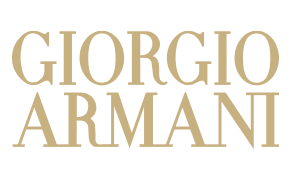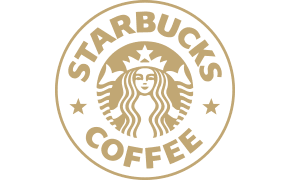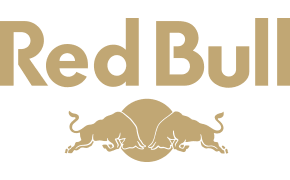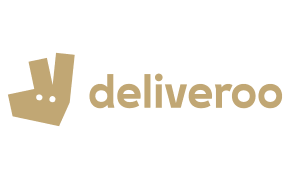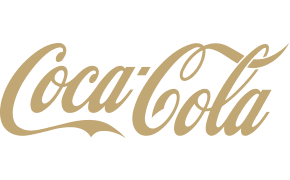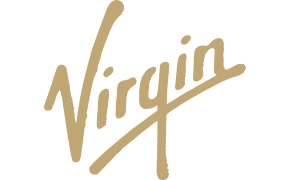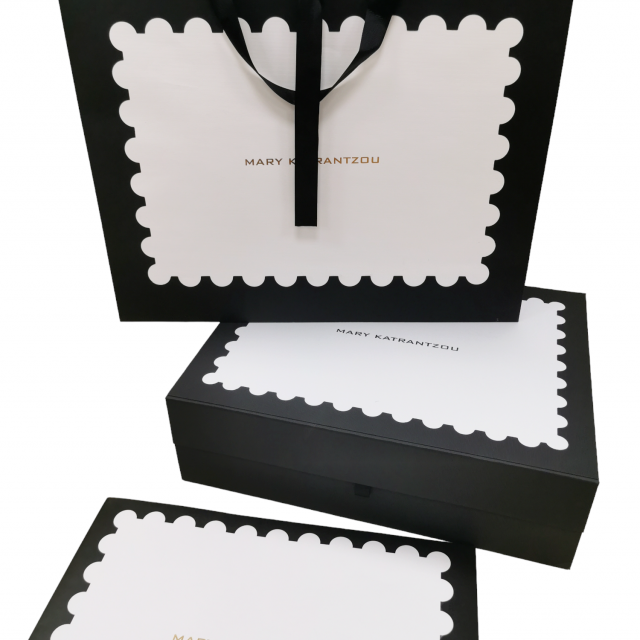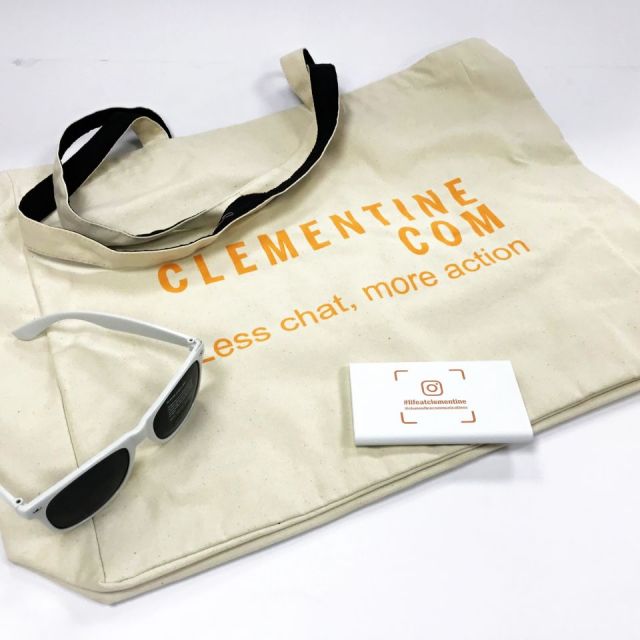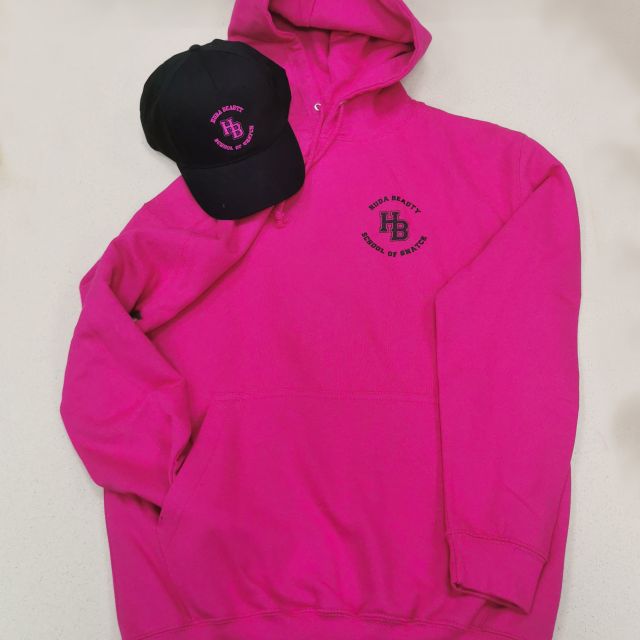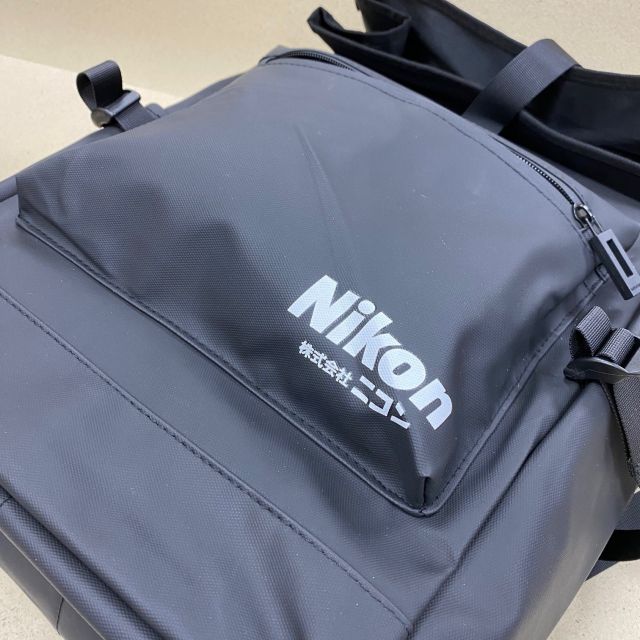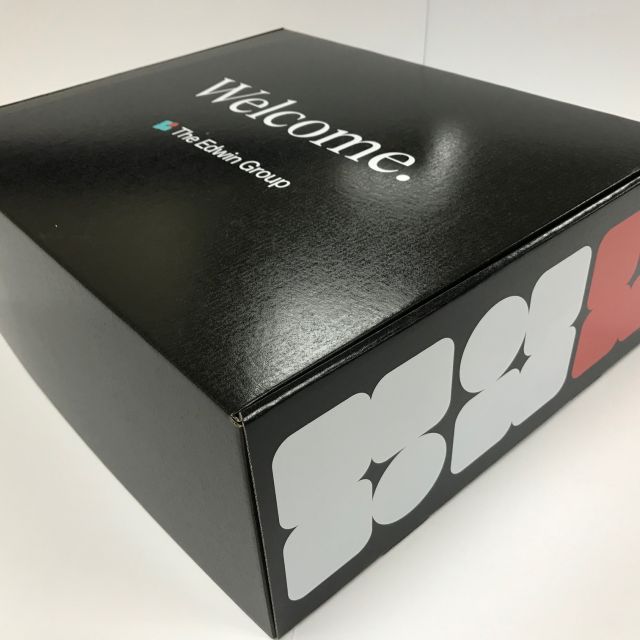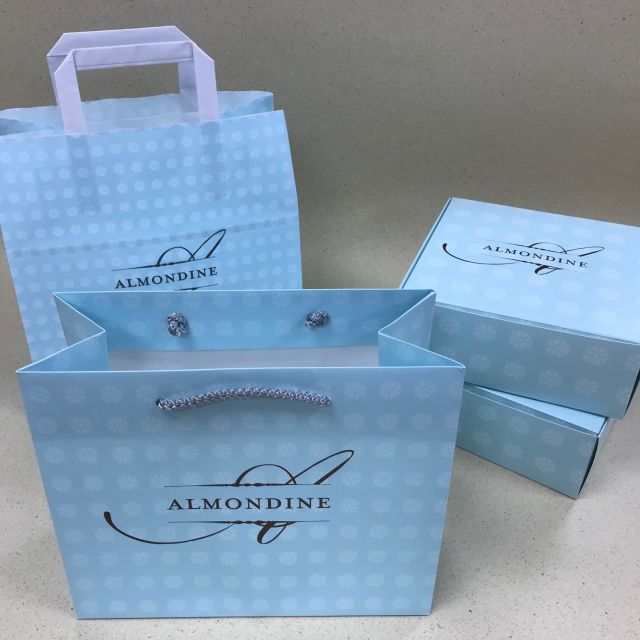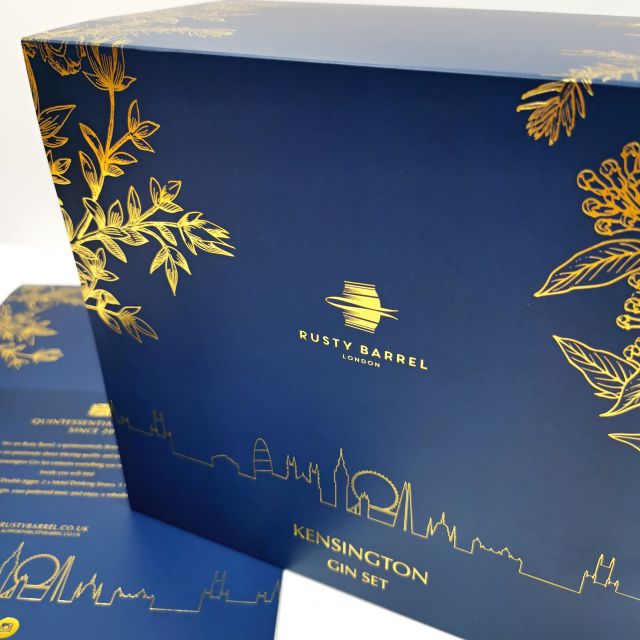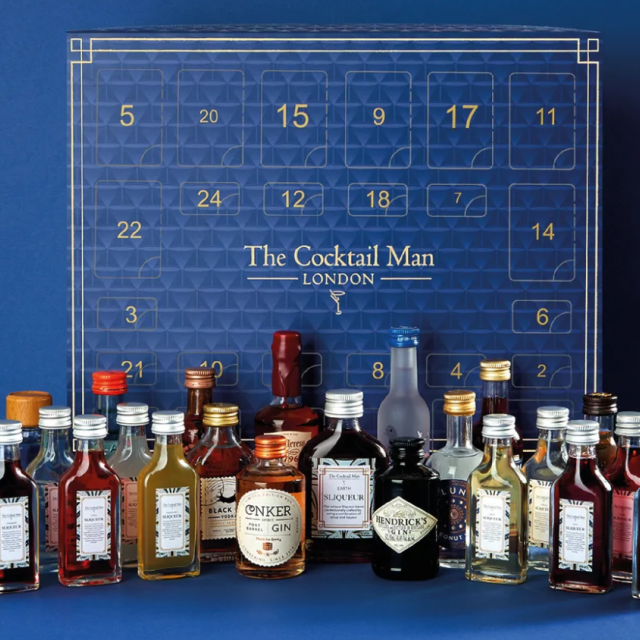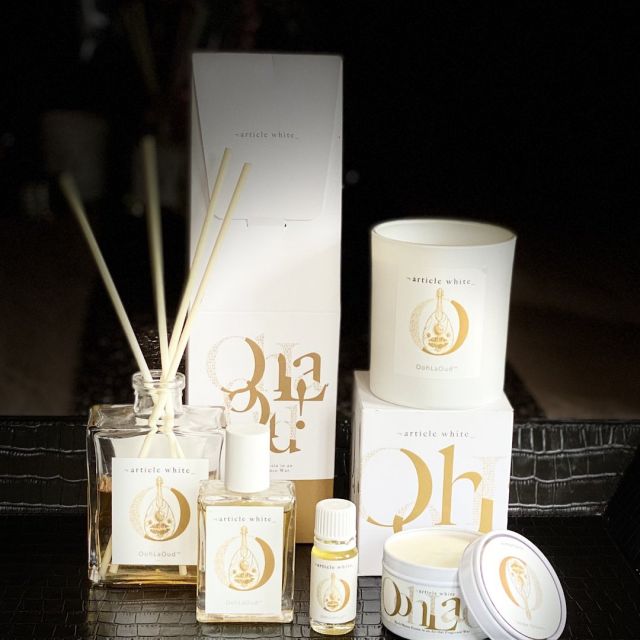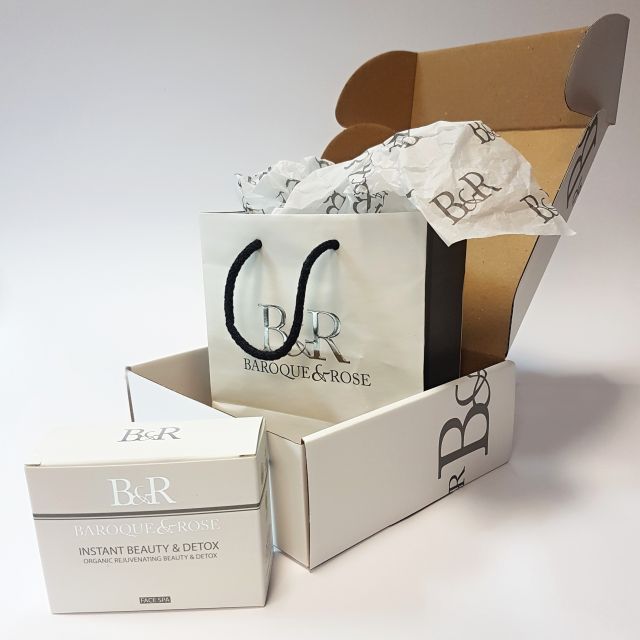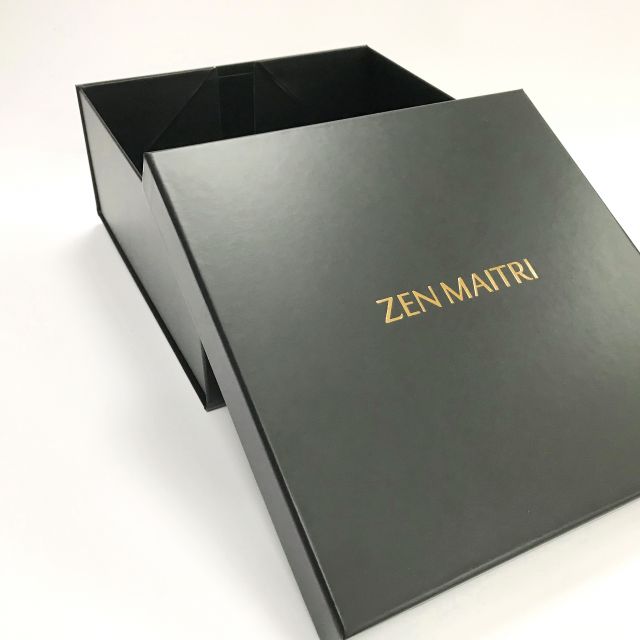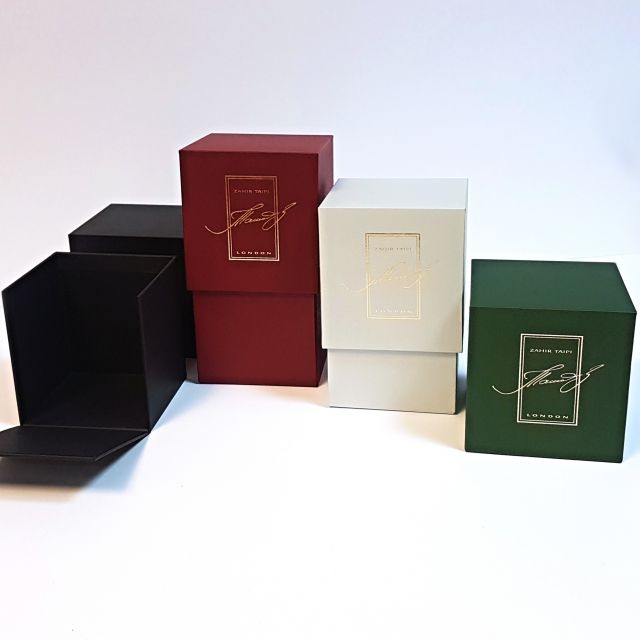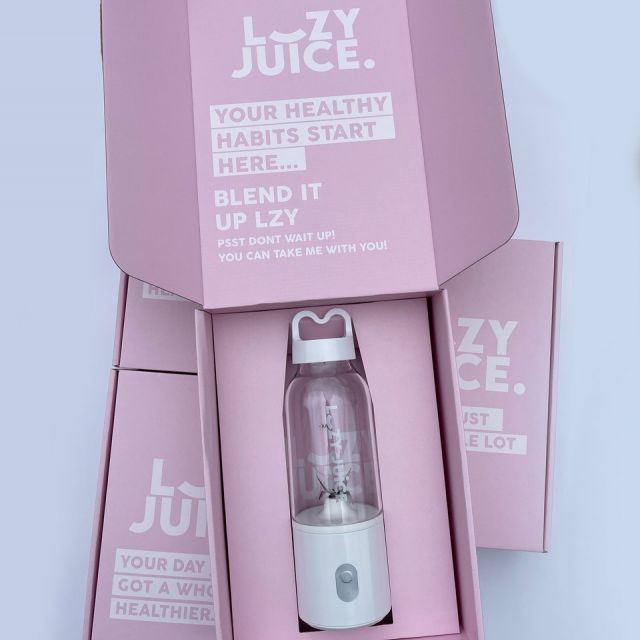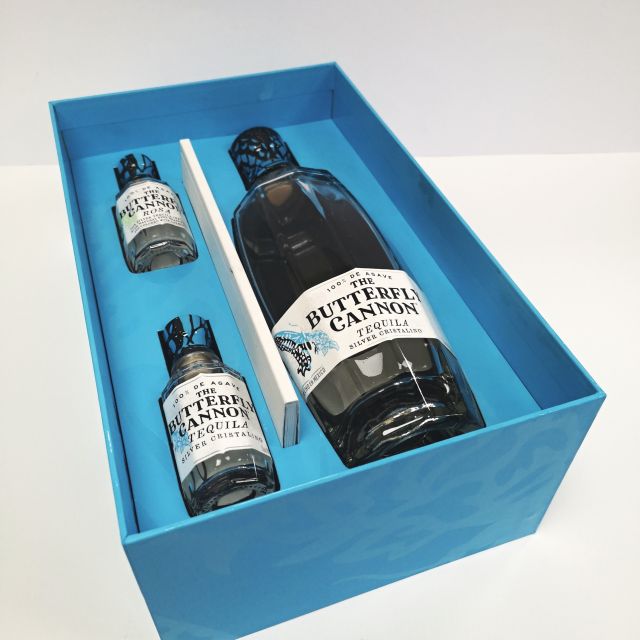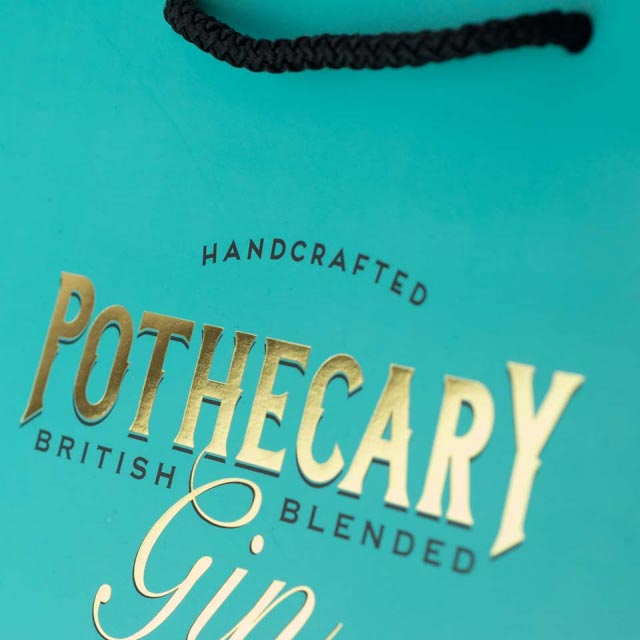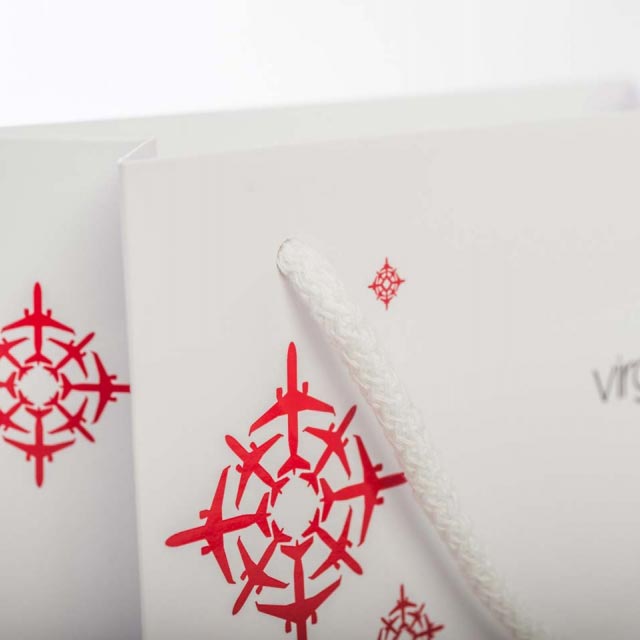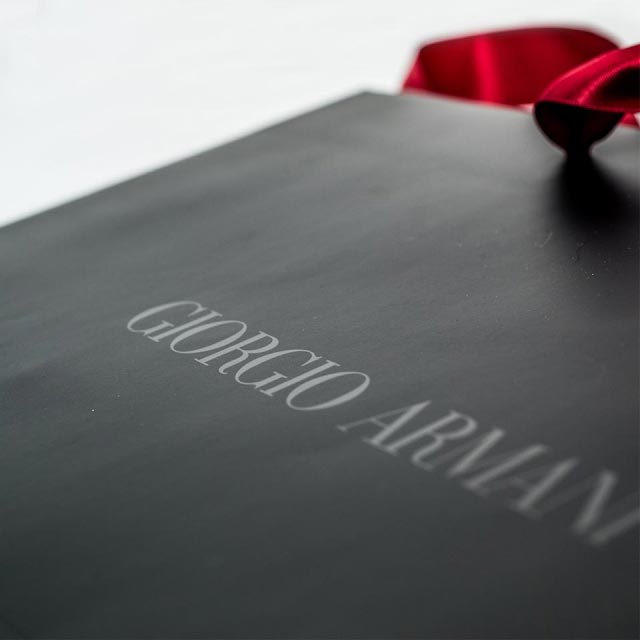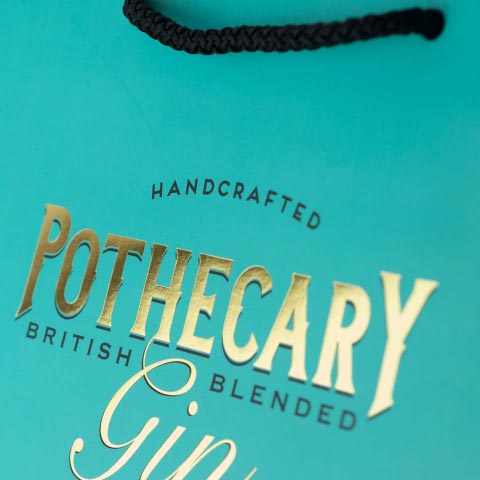The Complete Package
Like all areas of product design, packaging is always changing, constantly adapting and developing new solutions to emerging trends and consumer needs. While the humble brown cardboard box still reigns supreme in its versatility, sustainability and ability to protect the most fragile of items, other packaging is being closely examined for its environmental credentials, as well as its marketing value.
Five of the latest trends in packaging design, from sustainable and plantable, to tactile and tale-telling
So while you wait for that delivery, take a look at the latest trends in packaging design.
Sustainable packaging
The obvious and most widespread packaging trend is sustainability. Companies the world over are examining all aspects of their packaging and supply chains to ensure their products are sold in the most environmentally friendly material possible. Driven by consumer pressure and government legislation, product brands, supermarkets, coffee chains, food outlets and retailers are all developing new sustainable packaging solutions, as well as educating their customers on the importance of recycling and reusing. It’s a welcome development and one that’s not going to stop anytime soon.
Bio-packaging
The single-use plastics problem and a consumer desire to recycle and reuse has also led to the development of ‘bio-packaging’ – packaging that’s designed to be returned to the earth, in the process creating new plant life. Designed as egg packaging, Greek designer George Bonas developed the ‘BioPack’, which can be planted in the ground after it’s been used, breaking down completely and spouting seeds embedded in its paper pulp, flour and starch material. This takes the recycling step out of the circular packaging process and, according to the designer, also helps the soil to balance its pH levels.
“Packaging is always changing, constantly adapting and developing new solutions to emerging trends and consumer needs”
A tale to tell
Storytelling has long been a proven technique in marketing, but given the physical space and consumer time available, packaging tends not to go for long, drawn out tales. But a number of brands have started adding stories and literary quotes to their packaging to inspire nostalgia or curiosity in their customers, giving their products a finely tuned heritage angle. One example is Copperfield London Dry Gin, whose labels are designed to look like antique books and feature handwritten notes on the inside of the label.
Tactile design
Brands are beginning to understand the importance of tactility in their packaging, with a number of companies introducing unusually shaped packaging and textures that attract consumer attention and appeal to their love of physical objects. Beauty brands such as Dove and Kevin Murphy have played around with ‘wonky’ packaging and geometric shapes that set them apart in a crowded market, while clothing and sports brands such as Adidas use texture to add excitement to the unboxing experience. In an increasingly digital world, brands are using the tangible and touchable to inspire their customers.
Letterbox friendly
The subscription market has really taken off, with everything from coffee pods to contact lenses now able to be delivered on a regular basis for a fixed price. Part of the appeal is that the consumer doesn’t have to be worried about running out of product or being at home to receive the delivery, so a key part of the service is using packaging that can be posted through a standard letterbox. While small items are relatively easy to post, larger items such as wine can be tricky, so a ‘postable’ bottle and protective box has been developed, meaning that the wine enthusiast can come home to a new (and unbroken) bottle as often as they like.
Article by Sam Upton
Source: The Two Sides Team June 25, 2019
